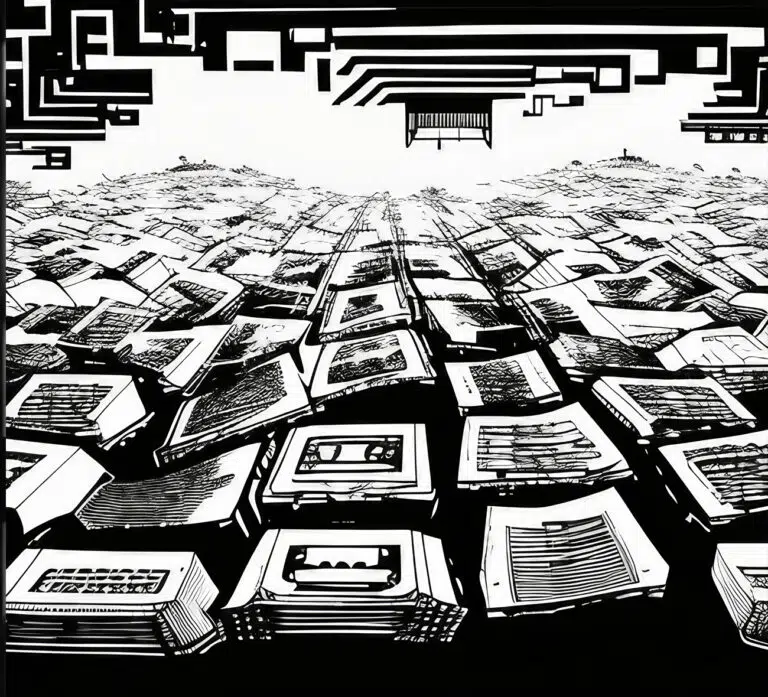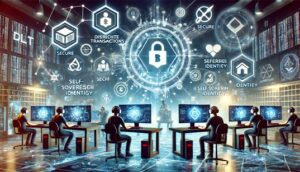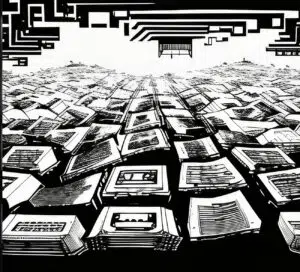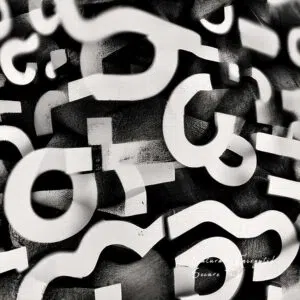Have you ever stumbled upon an item that left you feeling inexplicably captivated and curious? Perhaps it was a unique stamp or a vintage toy that immediately sparked your interest. That, my friend, is the allure of collectibles.
Collectibles, as we know them today, have been coveted for centuries. From ancient coins to relics and artwork, people have always been drawn to items of value, rarity, and historical significance. These fascinating objects can take on various forms, ranging from books to toys, antiques, memorabilia, and so much more.
As time progressed, so did the world of collectibles. The industrial revolution brought about the mass production of goods, giving rise to the likes of trading cards and toys that later became popular collectibles due to their scarcity and nostalgic value.
As you hold a collectible in your hands, you may wonder about its backstory, the hands that crafted it, the people who owned it before you, and the journey it went through to end up in your possession. Some collectibles hold sentimental value, a precious memento that takes us back in time to cherished moments in our lives. Others may appeal to our aesthetic senses or reflect our personal interests and hobbies.
Collectibles are more than just objects. They are pieces of history, artifacts of culture, and embodiments of human creativity. They tell stories of the past, present, and future. And as collectors, we are the custodians of these treasures, entrusted with preserving them for generations to come.
Once upon a time, the world of collectibles was bound by physical objects. With the emergence of technology, the game changed, and the possibilities expanded.
Archaic Technology
Photography and printing became more accessible and they offered new avenues for collectors to acquire and appreciate images and prints. Suddenly, the world of art and literature was at their fingertips, and a new era of collecting had begun.
The World Wide Web
Then, the internet came along, and with it, a whole new world of collectibles surfaced. Online gaming items, digital art, and video clips became new types of treasures to be coveted and collected. People all around the world were suddenly connected, and the limits of what could be collected were blurred.
The Blockchain
As with any technological advancement, there was always room for more innovation. And that’s when blockchain technology entered the scene. Non-fungible tokens or NFTs became the new stars of the collectibles world, enabling the creation of unique digital assets such as music, videos, and artworks that could be owned, traded, and collected.
NFTs are where the digital realm blends with tangible ownership, creating a new level of value and scarcity in the collectibles market. NFTs are unique digital assets that are stored on a blockchain, rendering them one-of-a-kind and impervious to replication. Each NFT comes with a distinct identifier that verifies its authenticity and ownership, enabling creators to monetize their digital creations in unprecedented ways, while collectors can own an asset that nobody else can.
Through NFTs, creators now have a new way to monetize their digital creations while collectors can enjoy the thrill of owning one-of-a-kind, verifiable assets. This breakthrough has created a new era of possibility and excitement for collectors, expanding the world of collecting far beyond physical objects.
The emergence of NFTs has revolutionized the world of collectibles, giving rise to a new era of digital treasures that can be appreciated and collected by people all over the globe.
The role of NFTs in the future of collectibles is already starting to become evident. In the vast, digital landscape, establishing the authenticity of a creator’s work can be like trying to find a needle in a haystack. So, one of the most obvious advantages of NFTs is their ability to create scarcity.
Digital assets are easily replicated and distributed, which makes it challenging to establish authenticity and uniqueness. Without a reliable method for creating scarcity, creators of digital content struggle to monetize their work and collectors are unable to identify truly unique assets.
Speaking of authenticity, NFTs bring a new level of that and provenance. Every NFT is verifiable and distinct, making it impossible to create a fake or duplicate version. With this level of transparency, collectors can have complete confidence in the authenticity of their purchases, and items can be traced throughout their entire history.
With NFTs, the tide has turned in favor of creators. NFTs provide a verifiable and reliable way to prove ownership and uniqueness setting the stage for creators to monetize their work. NFTs do not only eliminate the risk of distribution without permission, but also allows creators to establish a market for their work and sell it directly to collectors. With this newfound way of monetization, creators can drive even more innovation and creativity in the digital world, unencumbered by previous limitations.
As NFTs continue to gain popularity, we can expect to see even more innovative use cases show up. The possibilities for creators to monetize their digital creations are limitless, and collectors can own a unique asset that holds sentimental value and unparalleled worth. The future of collectibles is here, and it’s digital, tangible, and exciting.






